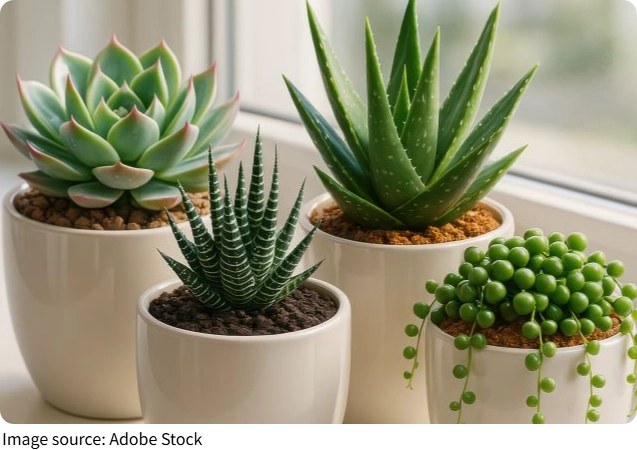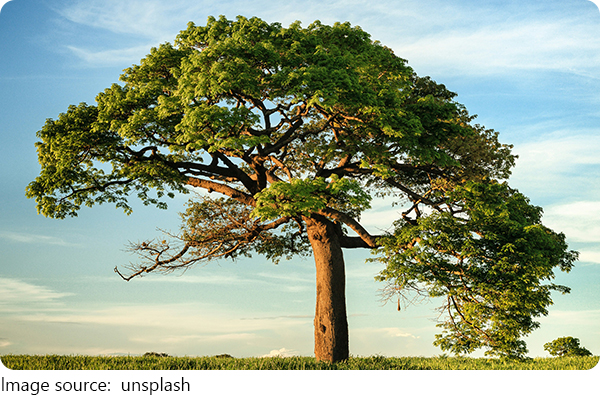Light and Growth

When we think about plants, we often focus on what is visible above ground—flowers, leaves, and stems. However, the process driving all plant life, photosynthesis, depends heavily on an invisible factor: light.
Light plays a crucial role in plant development, affecting everything from growth rate to flower formation. But have you ever wondered how light intensity specifically influences plant growth?
In this article, we will delve into the importance of light intensity, how it impacts various stages of plant development, and the subtle balance plants must maintain to thrive under different light conditions.
What is Light Intensity?
Before we can explore how light intensity affects plant development, it's essential to understand what light intensity is. Simply put, light intensity refers to the amount of light that reaches a given area. It can be influenced by several factors, including time of day, geographical location, and even weather conditions. For plants, light intensity can vary greatly depending on these external factors. In some cases, too much light can lead to harm, while too little can stunt growth.
For plants, light intensity affects the energy available for photosynthesis—the process by which plants convert light into energy to fuel their growth. The intensity of light impacts how effectively plants can carry out this crucial process, which, in turn, determines how quickly and healthily they develop.
How Light Intensity Influences Photosynthesis
Photosynthesis is the foundation of plant life, providing the energy that drives growth. Light intensity has a direct relationship with photosynthetic efficiency. When light intensity is optimal, plants can maximize their energy production. In bright conditions, chlorophyll, the green pigment in plant cells, absorbs more light, leading to faster photosynthesis and, therefore, quicker plant growth.
However, if the light intensity becomes too high—such as in regions with extreme sunlight or in environments where light is not properly regulated—plants may become stressed. Excess light can cause damage to plant cells, disrupt photosynthesis, and even lead to the production of harmful reactive oxygen species (ROS). In such cases, the plant's growth is stunted, and it may exhibit symptoms of light stress, such as wilting or scorched leaves.
Light Intensity and Plant Growth Rate
One of the most noticeable ways light intensity affects plants is through its impact on their growth rate. Under low light conditions, plants generally exhibit slower growth. They often develop longer stems and smaller leaves as they try to reach for more light. These elongated stems may not be as sturdy, making the plant more susceptible to damage from wind or rain.
Conversely, under high light conditions, plants usually experience faster growth, with larger leaves and stronger stems. However, this rapid growth must be balanced. If light intensity exceeds the plant's ability to handle it, the plant may undergo stress, reducing its overall health and slowing growth. This balance between sufficient light and excessive light is crucial for optimal plant development.
Photoperiodism: The Role of Light Duration
In addition to light intensity, the duration of light exposure (photoperiodism) also plays a critical role in plant development. Some plants are "long-day" plants, which require more hours of light to flower or fruit, while "short-day" plants require fewer hours. Light intensity and duration are both key factors in determining when and how a plant enters the reproductive stage of its life cycle.
For example, a sunflower may require long days and high light intensity to thrive and produce flowers, while a plant like the poinsettia requires less light and shorter days to initiate flowering. Thus, it's not only about how much light a plant gets, but also how long it's exposed to that light.
Light Intensity and Plant Morphology
The amount of light that plants receive can also influence their physical appearance and structure, a process known as photomorphogenesis. Under low light, plants tend to grow taller with elongated stems and larger spaces between leaves—a phenomenon known as etiolation. This occurs because the plant is attempting to maximize its surface area to capture as much light as possible.
In contrast, plants exposed to high light intensity often develop thicker, more compact leaves that are better equipped to handle the stress of strong sunlight. The leaves may also have a darker green color due to increased chlorophyll production, which helps them capture light more efficiently.
Light Intensity and Plant Health
While light is essential for plant growth, it also plays a critical role in maintaining plant health. Excessive exposure to high light intensity, especially when it is not accompanied by sufficient water or nutrients, can cause damage to plant tissues. One of the most common forms of damage is leaf burn, where the cells in the leaf die due to excessive light absorption.
On the other hand, insufficient light can lead to poor health and nutrient deficiencies. Without adequate light, plants may exhibit symptoms like yellowing leaves, stunted growth, and an inability to flower or fruit. Finding the right balance of light intensity is, therefore, vital to ensuring a plant's health and vitality.

How Plants Adapt to Light Conditions
Plants have developed various mechanisms to adapt to different light conditions. In low-light environments, plants may adjust their leaf orientation to increase their exposure to light or grow taller to reach brighter areas. Some plants also produce more chlorophyll in response to low light in order to maximize the efficiency of photosynthesis.
In high-light conditions, plants may employ strategies to reduce the amount of light absorbed. For example, some plants have reflective leaf surfaces that bounce excess light away, while others produce protective pigments that shield the plant from harmful UV rays. These adaptations help plants survive in a wide range of environments, from the shady forest floor to the bright desert sun.
Conclusion: The Fine Balance of Light
The influence of light intensity on plant development cannot be overstated. From photosynthesis and growth rates to plant morphology and health, light is an essential factor that shapes every aspect of a plant's life. However, it's important to remember that plants are not static; they adapt to their light environment, adjusting their growth and morphology accordingly.
Understanding how light intensity impacts plants allows us to optimize growing conditions, whether for agricultural purposes, gardening, or indoor plant care. By providing the right amount of light, we can ensure that our plants grow strong, healthy, and vibrant.


